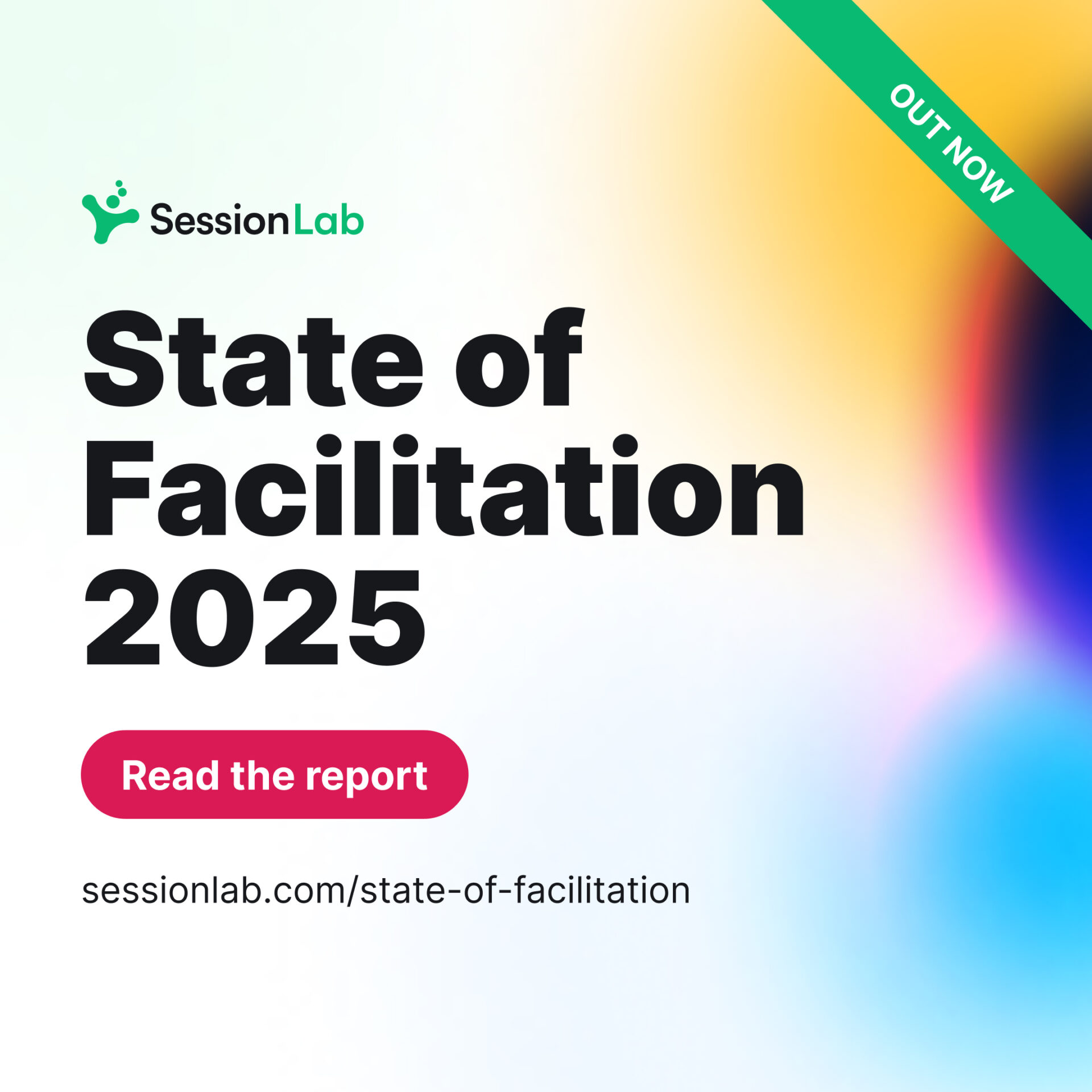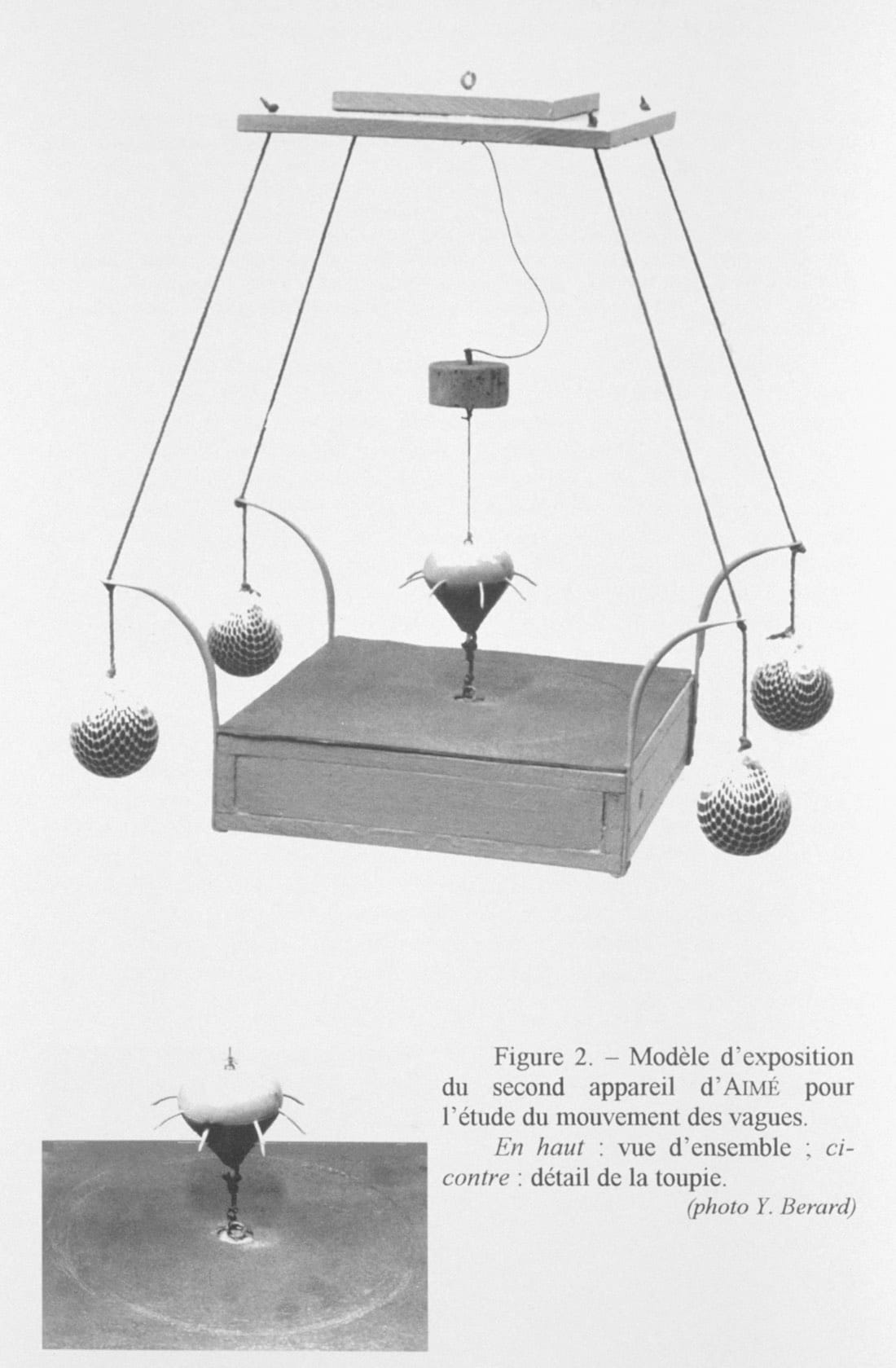Online reading
SessionLab’s third annual State of Facilitation report is out. It helps me reflect on my own facilitation practice, which tends toward the solitary and variable based on the projects I take on.
Three personal highlights from this year’s report:
Facilitated sessions are becoming shorter. Comparing responses from the 2022 and 2024 surveys, the proportion of facilitators who have never conducted workshops lasting more than one day has increased by 10%.
I ditched the multi-day facilitated workshops in 2019. I traded in “big bang” three-day workshops in for sequences of 1- or 2-hour online sessions, spaced out over a week or two, with opportunity for new ideas in the margins. This works out better for everyone involved, except for the person who has to schedule all the meetings. (That person is usually me!)
In-person sessions are back, but remote and hybrid facilitation are here to stay. In 2022, 57.8% of sessions were held online, but by 2024, in-person workshops have regained the top spot.
Although 2024 was a very busy year, the only days I worked with clients in-person were devoted to facilitating workshops. If you are reading this and I handed you one of those little vinyl cactus toys, you are very special to me.
You can even detect the random walks of corporate fashion, with the rise of L&D and the total gutting of design and product organizations:
The responses to the question, “What department do you work in?” highlight that individuals facilitating sessions, training, and workshops are spread across various company departments. Major contributors include Learning and Development and, of course, Management.
Then cast one’s gaze toward the bottom of the list, where Design and Product departments accounted for less than 8% of responses.
Much more for you to peruse in this free report:

Next, from Ali Alkhatib’s “Defining AI”:
We should shed the idea that AI is a technological artifact with political features and recognize it as a political artifact through and through. AI is an ideological project to shift authority and autonomy away from individuals, towards centralized structures of power. Projects that claim to ‘democratize’ AI routinely conflate ‘democratization’ with ‘commodification’. … This way of thinking about AI (as a political project that happens to be implemented technologically in myriad ways that are inconsequential to identifying the overarching project as ‘AI’) brings the discipline—reaching at least as far back as the 1950s and ’60s, drenched in blood from military funding—into focus as part of the same continuous tradition.
Finally, Erin Kissane’s celebration of Ursula Franklin:
Ursula Franklin's lifework was highly practical. As a metallurgist, she studied the structure of ancient artifacts to produce knowledge about the cultures that made them. As a peace activist and conservationist, she practiced civil disobedience and obstruction as well as healthy renewal. As a far-sighted thinker about modern technology, she worked relentlessly to lay the foundations of ways to think together that could produce better technologies—and to define what “better” meant. Maybe starting with this small way into her work—a single list for thinking about decisions—makes sense.
Kissane wanders through a little passage where Franklin wrote seven questions to consider when designing a public project. Here’s the seventh:
Whether the reversible is favoured over the irreversible? The last item is obviously important. Considering that most projects do not work out as planned, it would be helpful if they proceeded in a way that allowed revision and learning, that is, in small reversible steps.
If we’ve worked together before and Franklin’s name rings a bell, it’s because I rely on her formulation of “small, reversible steps” (which I sometimes call “small, reversible changes”).

A plug for better online typography
There was this thing going around that the presence of em dashes (—) is a hint that a text is generated by an LLM. Of course, the real tell is that the text is boring as shit. You have my eternal permission to stop reading anything dull. When your mind wanders, let your feet follow. For example, I recently resolved to stop reading anything containing the word “alignment” and this has saved time.
Anyway, my purpose is to share Matthew Butterick’s Practical Typography, a site on using typography—including em dashes—to improve your written communication. This is not a topic I know much about, but I do know enough to crib from an expert and spend an additional 5 minutes making things look nice on the screen or page before proceeding onwards.

Podcast appearance
Last week I appeared on my pal Andy’s “Own Your Awkward” podcast. True to the name, it was an awkward, but ultimately fruitful, conversation.
My main awkward thing is that I’m too hard on myself. For the awful details on what that means and ways in which I’m a work-in-progress on getting past it, listen in your podcast player or watch on YouTube.
Take good care of yourself and the people in your life.
There is so much more to do, urgently, but let’s begin there.



